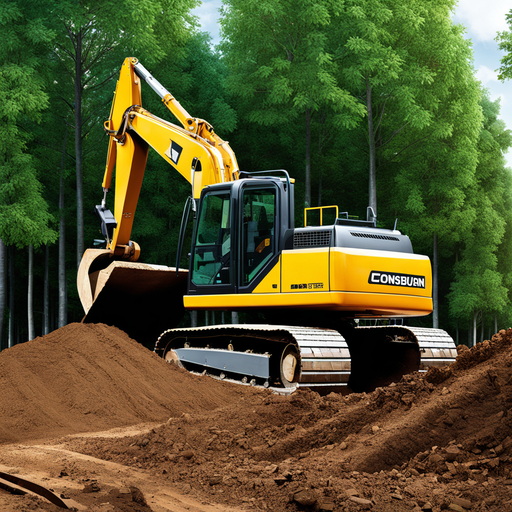Exploring Sustainable Materials in Modern Construction
The construction industry stands at a pivotal crossroads, with the urgent need to reduce greenhouse gas (GHG) emissions and embrace sustainability. This article delves into the innovative materials and practices shaping the future of construction, the challenges faced, and the policy and market dynamics driving change. It concludes with actionable recommendations for accelerating the adoption of sustainable construction practices.
Exploring Sustainable Materials in Modern Construction
The quest for sustainability in construction has led to the exploration of materials that significantly reduce the carbon footprint of buildings. Timber from sustainably managed sources emerges as a prime candidate, offering low embodied GHG emissions compared to traditional materials like concrete and steel. Engineered wood products not only provide structural integrity but also act as carbon sinks by locking in carbon absorbed from the atmosphere.
The recycling and reuse of materials in building renovations further contribute to reducing embodied GHG emissions. Countries like The Netherlands and Sweden are leading by example, with policies requiring environmental calculations for building permissions and mandatory climate declarations for new buildings, respectively. Innovations such as Hempcrete, a mix of hemp and lime, showcase the potential of bio-based materials in offering low-carbon, climate-healthy building solutions. Hempcrete's impressive CO2 capture capability and its non-toxic, mold, fire, and infestation-resistant properties make it an attractive option for sustainable construction.
Innovations and Challenges in Sustainable Construction
Technological advancements are paving the way for more sustainable construction practices. HD Hyundai's Concept-X2 excavator and Doosan Bobcat's S7X All-Electric Skid-Steer Loader are examples of electric, zero-emission machinery addressing both skilled labor shortages and climate change. InventWood's Mettlewood and Caterpillar's electric loaders represent significant strides in material and equipment innovation.
However, the adoption of low-carbon concrete and other sustainable materials poses challenges, such as adjustments in project schedules and the need for early collaboration among architects, engineers, and producers. The Greenbuild International Conference and Expo highlighted the importance of experimenting with green concrete, signaling a market shift towards decarbonization.

Policy and Market Dynamics in Sustainable Building Materials
Policy frameworks and market dynamics play crucial roles in promoting sustainable construction. The European Union's Circular Economy Action Plan and Canada's push for mass-timber buildings exemplify how regulations and building codes can drive the adoption of sustainable practices. Projects like the Changzhen Project in Shenzhen demonstrate the potential of prefabricated construction technology in minimizing waste and pollution while providing high-quality living environments.
Future Directions and Recommendations for Sustainable Construction
To accelerate the transition to sustainable construction, incorporating embodied carbon into construction codes and setting ambitious carbon benchmarks are essential steps. Initiatives like NRCan's Low Carbon Building Materials Innovation Hub, along with government-led bulk purchasing and support for new technologies, can significantly increase the use of low-carbon materials. Collaboration across industries and the adoption of lifecycle and whole-building approaches are vital for achieving greater efficiency and innovation in construction.
In conclusion, the construction industry's journey towards sustainability is fraught with challenges but also ripe with opportunities. By embracing innovative materials, technologies, and collaborative practices, and by aligning policies and market dynamics with sustainability goals, the industry can significantly reduce its carbon footprint and contribute to a more sustainable future.